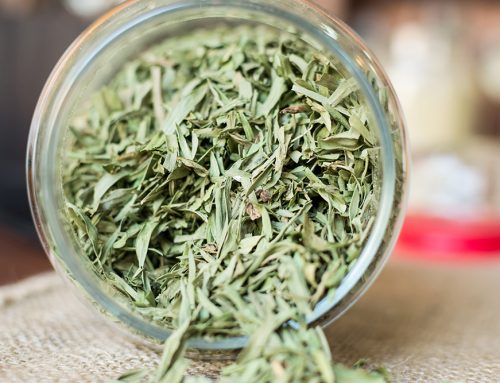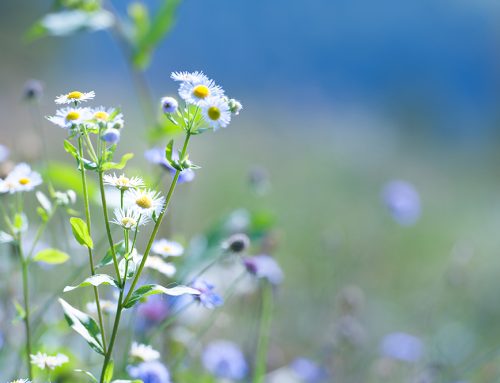There are many varieties in the mint family including spearmint and peppermint, native to North America, southern Africa, Eurasia and Australia. Throughout history, mint has been used for a multitude of things; in Ancient Athens, the common use of mint was to scent the body, in fact, mint gets its name from Minthe, a Greek mythical nymph who was transformed into the fragrant plant.
One of the most common uses of mint has always been to freshen the breath through the uses of mouth wash, toothpaste and chewing gum. It is believed that in the 14th century an early version of toothpaste was discovered and in the early 1620s physicians recommended that people rinse their mouth with mint boiled in white wine and vinegar. Mint has been found in Egyptian tombs from as far back as 1000 BC! Mint is still playing its part in our day to day lives many years later.
Mint is one of the easiest plants to grow however, due to being an invasive plant it is important that you control it so it is best that you grow it in a plant pot with a bottom. Mint is at its peak between May and September.
Mint is a popular herb used not only used in a variety of dishes including fruit salads and stuffings. But it also has a variety of health benefits, whether it be from inhaling its aroma from essential oils to help improve brain function, or taking capsules with food to help aid digestion functions are endless
What can I do with fresh mint?
- Berries and mint pair beautifully. Mix plain unsweetened Greek yoghurt with strawberries (or mixed berries) and sprinkle with chopped fresh mint.
- Mix 5-8 mint leaves in the bottom of a glass. Add ice, a healthy squeeze of lime and soda with a few drops of stevia to sweeten to make a minty lime fizzler or turn this into a low-sugar mojito by adding an ounce of white rum.
- Add mint to any salad for an elevated flavour, there are lots of recipes out there.
This week Gill has decided to include two of her favourite mint recipes for you to try at home.
Mint tea recipe (often used to aid digestion)
Ingredients
- Fresh mint leaves
- 1 tsp of honey
- Slice of lemon (optional)
Method
- Put fresh mint leaves and stalks into a pan of cold water with a spoonful of honey, bring to boil for 10 minutes then leave the steep for 10 minutes.
- You can also pop a sliced lemon into the water to boil for a different flavour. Keep refrigerated for 3 days.
- This is a perfect drink to keep in the fridge to settle your stomach or just half-hour before you eat, drink a glass full.
Minted pea recipe (take your peas to a great new height)
Ingredients
- Frozen peas
- 4 sprigs of mint
- 1 tbsp of sautéed onion
- 1 tbsp mint jelly (to sweeten the peas slightly)
Method
- Put your frozen pea’s, 4 sprigs of mint, a tablespoon of sautéed onion and mint jelly into a shallow pan and cover with water, bring to boil for 10 mins and then drain and serve.
- The perfect addition for a Sunday roast.
We hope you have learned something new today and for those of you who try out any of the recipes be sure to tag @GrimscoteManor in photos of your delicious mint tea or Sunday roasts with your new addition of mint peas. We’d love to see them!






